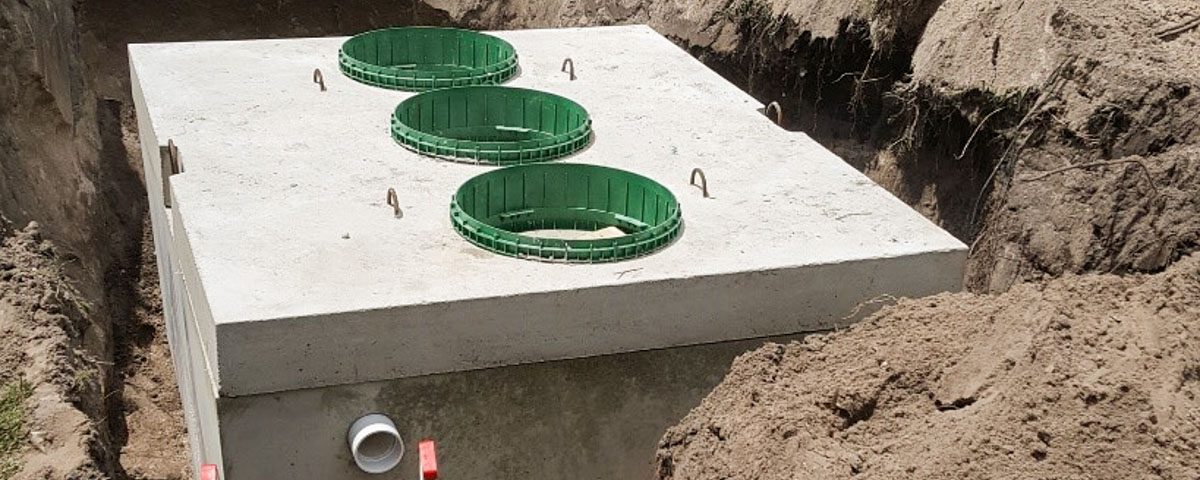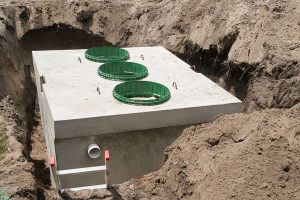New funding promotes septic tank replacement for homes

A pilot program uses partnership funding to replace septic tanks with new technology.
MAITLAND, Fla., Dec. 1, 2017 — Knowing that septic tanks have been identified as one of the reasons for declining water quality in Florida’s springsheds, the St. Johns River Water Management District is working with the Florida Department of Environmental Protection (DEP) and local governments to fund their removal.
“We’ve taken many steps to reduce pollution and groundwater usage, and minimize other impacts on the springs,” said St. Johns River Water Management District Executive Director Dr. Ann Shortelle. “We’re proud to partner with DEP and local governments to provide funding that works in tandem with other projects targeted at protecting and improving water quality in our springsheds.”
“DEP is pleased to collaborate with the water management District and local communities to fund projects that reduce pollution from septic systems and better protect Florida’s iconic springs,” said Drew Bartlett, DEP deputy secretary for ecosystems restoration. “”Thanks to all our partners, and ultimately those landowners, that embrace important efforts like this to protect our environment.”
The new funding targets the removal of septic tanks in the Volusia Blue, Wekiwa and Silver springsheds, replacing them with individual distributed wastewater treatment systems (IDWTS) in areas where sewer line extensions may not exist or be financially feasible. The IDWTS is an inground, stand-alone residential wastewater treatment system. The system connects to the existing wastewater lines and drainfield. Its performance is monitored remotely by the local government or utility.
DEP provided funding of $1 million to match a contribution of $500,000 from the District and $500,000 from local governments or utilities. With this funding, it’s expected that approximately 200 existing septic tanks from single family residences will be replaced, with an estimated reduction in nitrogen loading to the springs of about 10 to 23 pounds per year per tank, depending on location and soil type.
A pilot project using the technology was installed at the District’s Lake Apopka Field Station in Lake County in July 2017. Samples collected before and after installation indicated total nitrogen removal efficiency of 86 percent one week after installation, and up to 98 percent removal at the end of the 8-week sampling period.


